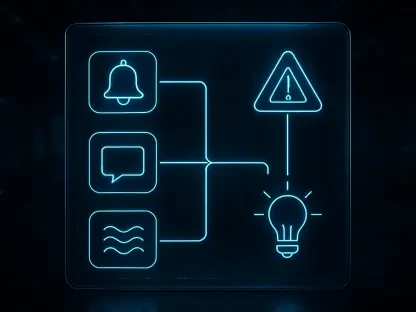The rise of artificial intelligence (AI) has ushered in a new era for software testing, offering unprecedented opportunities to enhance accuracy, efficiency, and simplicity. Integrating AI into functional test automation represents a pivotal shift from traditional, labor-intensive methods to more streamlined and effective approaches. One of the key advancements is AI object detection, which significantly improves the ability to automate functional tests by accurately identifying and interacting with user interface elements. This innovation not only boosts test reliability but also reduces the need for manual intervention.
Moreover, generative AI plays a crucial role in facilitating the transition from manual to automated testing by generating test scripts and scenarios. These intelligent systems learn from existing data to create tests that are not only more comprehensive but also adaptive to changes in the software. Generative AI not only speeds up the testing process but also ensures that it keeps pace with the rapid development cycles of modern software engineering. Consequently, teams can deliver high-quality products faster and with fewer resources.
Another notable development is the growing adoption of codeless testing methodologies, which democratize test automation by making it accessible to individuals without advanced programming skills. These codeless platforms provide intuitive, drag-and-drop interfaces, allowing users to create and manage automated tests effortlessly. The simplicity of codeless testing does not come at the cost of functionality; in fact, it often includes sophisticated features such as visual modeling and reusable components, which enhance the overall testing strategy. This dual benefit of ease-of-use and powerful capabilities is reshaping the landscape of software testing.
The Future of Functional Test Automation
The emergence of artificial intelligence (AI) has heralded a transformative era for software testing, opening up remarkable opportunities to improve accuracy, efficiency, and simplicity. Incorporating AI into functional test automation signifies a vital shift away from traditional, labor-intensive techniques toward more streamlined and effective methods. One notable advancement is AI object detection, which greatly enhances the automation of functional tests by accurately identifying and interacting with user interface elements. This innovation enhances test reliability and minimizes the need for manual effort.
In addition, generative AI is instrumental in the move from manual to automated testing by creating test scripts and scenarios. These intelligent systems learn from existing data to generate tests that are more comprehensive and adaptive to software changes. Generative AI speeds up the testing process and ensures it can keep pace with rapid software development cycles, allowing teams to deliver high-quality products more quickly and with fewer resources.
Furthermore, the increasing use of codeless testing methodologies is making test automation accessible to those without advanced programming skills. These platforms feature intuitive, drag-and-drop interfaces, enabling users to easily create and manage automated tests. Codeless testing combines user-friendliness with powerful features like visual modeling and reusable components, improving the overall testing strategy. This blend of simplicity and advanced capabilities is redefining the software testing landscape.









